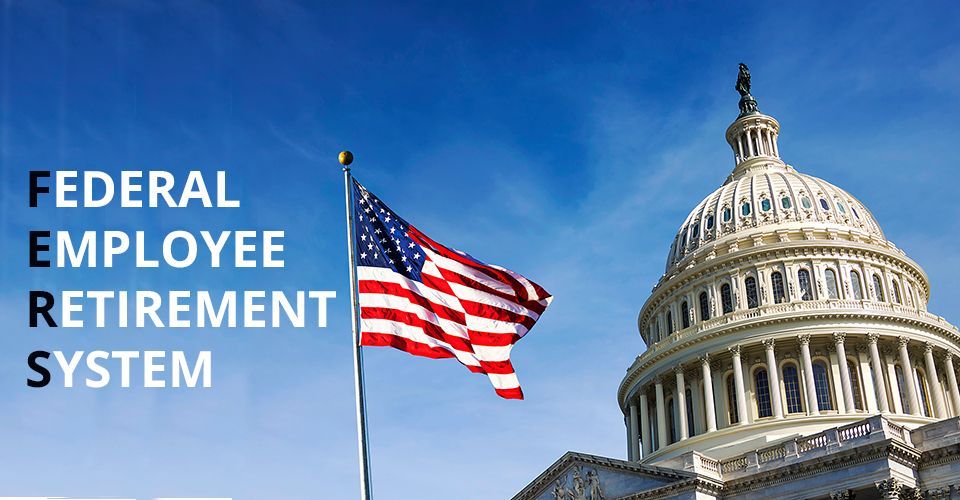Options For Funding Long-Term Care

Long-Term Care Insurance is an essential consideration for federal employees nearing retirement. The Federal Government’s Administration for Community Living reports that 69% of people who reach the age of 65 will require, on average, three years of long-term care. This care could include in-home skilled nursing services or using a room in a nursing home facility. This end-of-life care…
Medicaid
All this specialized care does not come cheaply for anyone. In fact, the average cost of a room in a skilled nursing facility is 90-100 thousand dollars per year. While Medicaid can help cover this payment, they require the patient to spend down their retirement savings and unprotected legacy before they will begin footing the bill. Differentiate btw Medicare. Does not cover. Private HI does not cover
Alternatives to Medicaid
Because of this spend-down, many federal employees begin to look for a better way to cover their end-of-life expenses. As a Federal employee, you have three main options to plan ahead for the future high medical costs involved in long-term care: The Federal Long Term Care Insurance Program, or FLTCIP, Self-Funding, or Long Term Care Riders on Insurance policies and insurance-based investment vehicles.
The Federal Long-Term Care Insurance Program (FLTCIP)
The FLTCIP is a long-term care insurance program offered by the US government for many employees. It is provided by the private insurer John Hancock Life and Health as of 2023 and offers various options to cover potential expenses. This plan provides peace of mind for many people at the cost of rising premiums that clients must pay consistently to avoid coverage interruptions. In addition, you must meet certain health requirements in order to qualify for this program, and you may be turned down if you have a history of health issues such as cancer, heart disease, diabetes, or joint replacements.
Self-Funding
Another option for skilled nursing and facility expenses is self-funding or self-insuring. Since the average retiree can expect to pay around $300,000 for these expenses, this amount can be set aside and invested against future needs. The strength of this approach is that your family can add this money to your legacy if it turns out to be unnecessary. On the downside, some people may have more significant expenses than they expected, while others may not have enough money saved to be comfortable in retirement to be able to set aside this amount.
Leveraging TSP
A final and often overlooked option for long-term care is leveraging your TSP through a safe strategy that also offers provisions to cover long-term care. This is often cheaper than standard long-term care options, whose premiums increase with age, sometimes with little warning. Using this strategy, you can avoid wasting assets on premiums. This is also a great option for people who find they can’t qualify for other options or whose premiums are prohibitively high.
Conclusion
While long-term care can be a significant hurdle in your retirement, your friends at Federal Retirement Experts are here to help. We can help you compare your options to find the choice that fits your needs and goals. If you have further questions, visit our website and
fill out a contact form for a complimentary meeting with a Federal benefits expert. Your consultant will provide you with a Federal Employee Benefits Analysis tailored to your specific needs.
More Featured Articles









